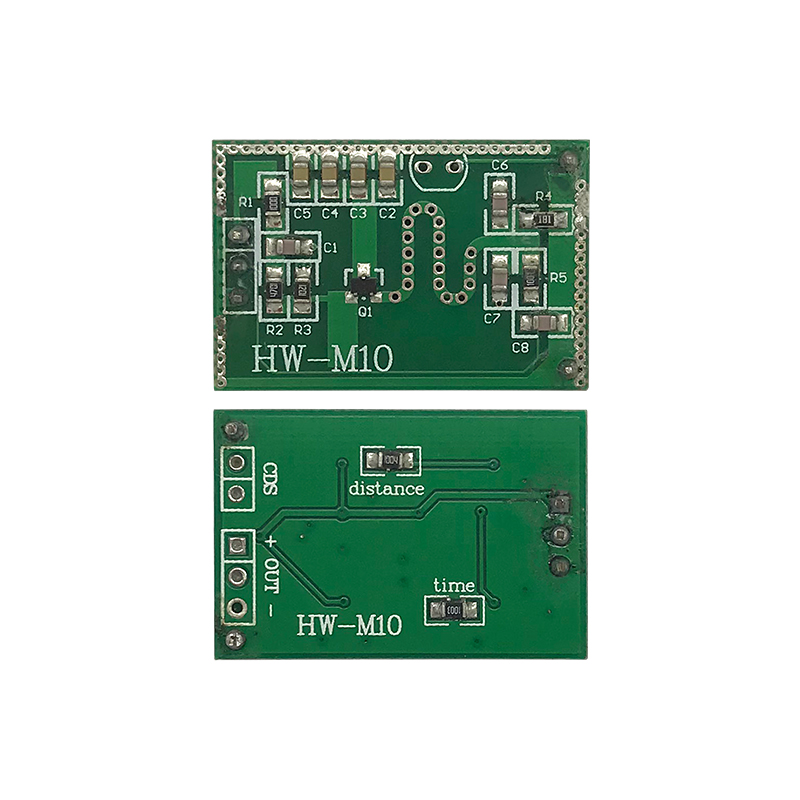 1004,West-CBD,No.139 Binhe Rd,Futian District,Shenzhen, China Post Code:518048
1004,West-CBD,No.139 Binhe Rd,Futian District,Shenzhen, China Post Code:518048
 +86-18682200597
+86-18682200597
 sales@szhaiwang.com
sales@szhaiwang.com
 1004,West-CBD,No.139 Binhe Rd,Futian District,Shenzhen, China Post Code:518048
1004,West-CBD,No.139 Binhe Rd,Futian District,Shenzhen, China Post Code:518048
 +86-18682200597
+86-18682200597
 sales@szhaiwang.com
sales@szhaiwang.com
source:Industry News release time:2022-08-11 Hits: Popular:Infrared sensing module

The rapid development of the mobile Internet, the ever-changing applications, and the explosive growth of smart terminal holdings have driven a substantial increase in global data traffic. The 4G-led mobile communication technology is bringing about a new revolution in the information industry.
As of March 19, 2013, there were 156 commercial LTE networks in the world. In addition, more than 40 operators have announced clear TD-LTE commercial plans. The number of TD-LTE users worldwide has exceeded 2 million. In terms of terminals, as of the end of March this year, 166 terminals have been launched around the world to support TD-LTE. The entire TD industry chain has matured, and it has begun to exert its final strength in the face of the market.
The modules in China Mobile's LTE construction are mainly 6G and 10G SFP+ optical modules. The rapidly increasing market demand and mature industry chain have made the optical module product technology continue to innovate, and at the same time, the cost pressure has been transmitted from operators to equipment manufacturers. Optical module manufacturers. Regarding the LTE 10G optical module receiving technology, there are currently two solutions in the industry: a high return loss receiving solution and a conventional receiving solution. The difference between the two solutions is mainly reflected in the optical return loss design of the receiving device in the module.
For the conventional receiving scheme, after the LC connector is inserted into the receiving device, there is an air gap between its flat end face and the PIN die in the device, and most of the light transmitted in the optical fiber is perpendicular to the flat end face, when they reflect, the reflection The light will all be transmitted back in the fiber core. Usually, the reflectivity of the return can be calculated by Rf=(nf-1)2/(nf+1)2, where nf is the refractive index of the fiber material, taking nf=1.47, we get Rf=3.6% (-14.4dB), another study believes that after the optical fiber end face is ground and polished, a metamorphic thin layer will be produced on the optical fiber end face. Its refractive index is about 1.6, which is higher than the refractive index of the fiber core. At this time, Rf=5.3% (-12.7dB), that is, the return loss is -12.7dB, which is very close to the lower limit standard of 10G Ethernet -12dB, almost There is no margin.
Compared with the conventional receiving scheme, the high return loss receiving scheme adds an angled ceramic pin between the LC connector and the PIN die, as shown in Figure 2 below. The beveled end face of the ferrule is not at right angles to the core axis of the fiber. Although there is an air gap, the propagation angle of the emitted light reflected by the slanted end face in the fiber is less than the critical angle of total reflection. Therefore, the light reflected from the slanted end face of the ferrule , will not propagate in the fiber core, but all dissipate through the cladding and eventually leak out. Taking the 8° inclined pin as an example, according to the measured data of return loss, it is generally better than -27dB. Therefore, in terms of optical return loss, the conventional receiving scheme is far inferior to the high return loss receiving scheme.
Read recommendations:
Discussion on the Manufacturing Technology of Printer Temperature Sensors
NTC thermistor for pipeline machine
Popular Recommended Products
PIR Lens 8801-2
2021-12-09PND103F3950FTP707(705) NTC Thermistor 10K 1% 3950
2021-11-27PIR Lens 8120-10
2021-12-09PIR Lens 8001-1
2021-12-09HW-M10-2 microwave sensor module
2021-12-07HW-F1800-1 Fresnel solar lens Focal length 1800mm
2024-04-11PND103F3950FTP705(707) NTC Thermistor 10K 1% 3950
2021-11-27HW808
2021-11-27PIR Lens 8109
2021-12-09P916 Digital sensor
2021-12-09PIR Lens 8605-3
2021-12-09NTC thermistor for bluetooth earphone storage box.Automatic machine mirror Vendor
2022-10-08SFP High Return Loss Receiving Scheme Improves Transmission Performance of 10G LTE Optical Modules
2022-08-11FIR sensor advantage
2022-10-21Four major differences between fiber optic sensors and radio frequency sensors
2022-01-12What are the advantages of wireless charging?Motion sensing module
2023-06-21NTC temperature sensor and its resistance range for air fryer
2022-07-27NTC thermistor and LED ceiling light.Radar Microwave Induction Sensor Switch
2022-06-08New energy vehicle charging gun motor temperature measurement NTC temperature sensor
2022-09-22NTC thermistor test precautions.Radar Microwave Induction Sensor Switch manufacture
2023-05-17The difference between B25/50 and B25/85 in NTC resistors.NTC temperature Thermistor
2023-03-17
szhaiwang4@hotmail.com
+86-18682200597
sales@szhaiwang.com